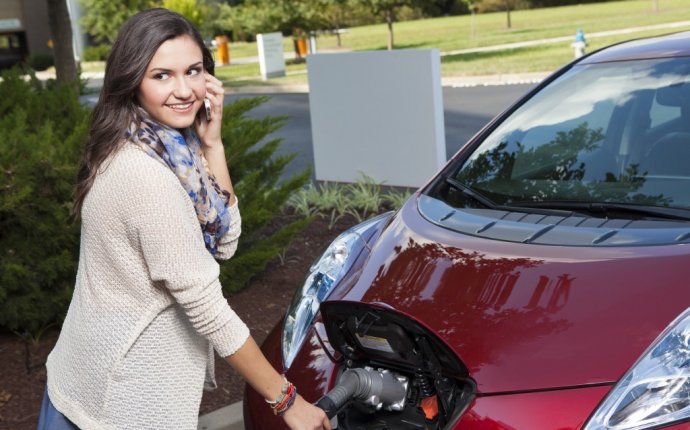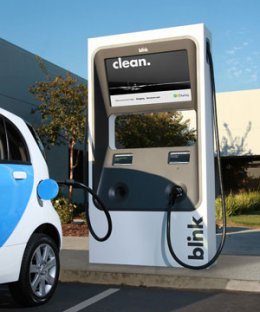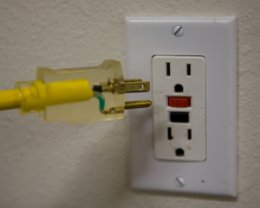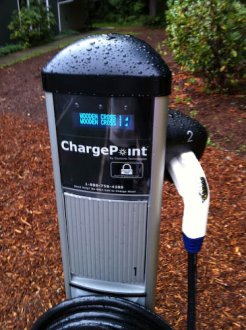
Electric Car charging Requirements
 Level 1 charging is the technical jargon for plugging your car into an ordinary household outlet. For a Leaf, this means about 4.5 miles of range per hour of charging, or about 22 hours for a full charge. Wow, does that sound terrible! But there’s a problem with thinking this way: you’ll rarely need to do a full charge from flat empty to full. If you drive 40 miles per day and charge overnight, you’ll be back to full in 9 hours. When you’re sleeping, it doesn’t matter if it takes one hour or 9 hours to charge.
Level 1 charging is the technical jargon for plugging your car into an ordinary household outlet. For a Leaf, this means about 4.5 miles of range per hour of charging, or about 22 hours for a full charge. Wow, does that sound terrible! But there’s a problem with thinking this way: you’ll rarely need to do a full charge from flat empty to full. If you drive 40 miles per day and charge overnight, you’ll be back to full in 9 hours. When you’re sleeping, it doesn’t matter if it takes one hour or 9 hours to charge.
But what if you have to drive a lot one day, say 80 miles? Sure, it would take 18 hours to get a full charge, but with a 9-hour overnight charge, you’ll be ready for your normal commute the next day. If you drive less than 40 miles per day or charge for more than 9 hours, you’ll work back up to a full charge over the next few days.
 If you need to drive 80 miles on consecutive days, you’ll need an alternative. Maybe you’ll drive your other car, that gas-burner you keep around for long trips, or if there’s public EV charging in your area, you can charge away from home while you’re parked to do your shopping or other errands.
If you need to drive 80 miles on consecutive days, you’ll need an alternative. Maybe you’ll drive your other car, that gas-burner you keep around for long trips, or if there’s public EV charging in your area, you can charge away from home while you’re parked to do your shopping or other errands.
Level 1 charging at work could also be a supplement for people driving over 40 miles per day, or even a substitute for those who can’t charge at home (because they don’t have a garage or fixed parking place, for example).
Although Level 1 charging is generally too slow for a road trip, it can be helpful as destination charging. Cathy and I drove 90 miles to San Juan Island, charged for a few days in a friend’s garage when not cruising around the island, and left with a full charge. That was great, but I wouldn’t want to have to wait for Level 1 charging in the middle of a travel segment.
 Beyond range issues, Level 1 may not be suitable for primary charging in all cases. In extreme climates, more power may be required to maintain proper battery temperatures. In these cases, Level 2 charging may be more appropriate (see below).
Beyond range issues, Level 1 may not be suitable for primary charging in all cases. In extreme climates, more power may be required to maintain proper battery temperatures. In these cases, Level 2 charging may be more appropriate (see below).
DC Fast Charging
At the other end of the spectrum is DC Fast Charging, the fastest type of charging currently available. It provides up to 40 miles of range for every 10 minutes of charging. These stations are expensive (up to $100, 000) and require more power than your house, so you’ll never have one of these in your garage.
They are going to start appearing as public charging stations in the next year, beginning in the Leaf target areas. If there’s one conveniently located near where you drive, you can get back up to 80% of a full charge while getting lunch or drinking a latte. Charging this fast makes it far more practical to drive beyond an EV’s single-charge range in one day. It’s still not going to make a one-day 800-mile drive practical, but a 200-mile drive with a couple of charging breaks can be quite doable.









